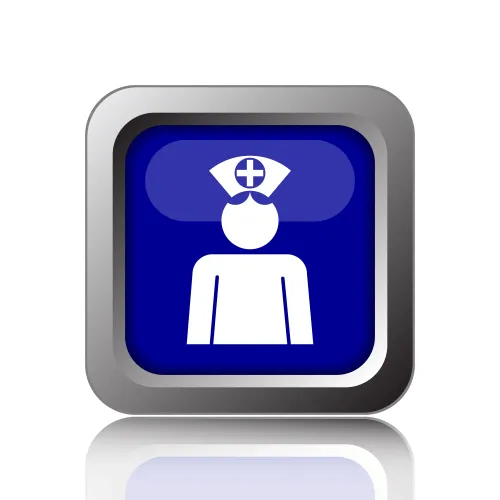Take a Look at These 5 Coding Examples to Help You in the New Year

Here’s a quick question-and-answer to five common coding worries by specialty.
If ICD-10 updates and Correct Coding Initiative (CCI) edits have you down, take a look at these common coding quandaries with expert advice to get you over the hump.
Cardiology
Question: When an encounter includes both coil embolization and coronary stent placement, which codes should be used?
Answer: The answer depends on the nature of the service. CPT® guidelines with embolization codes 37241-37244 explain it this way:
Evaluation and Management
Question: The provider did not perform a physical exam after an E/M encounter for a follow-up patient but did obtain a complete history and vitals. In addition, she prepared a detailed treatment plan for the patient. Can we report this as E/M service?
Answer: If you look at the descriptors for “new” patient E/M codes and “established” patient E/M codes, you will notice that established patient E/M codes 99212-99215 (Office or other outpatient visit for the evaluation and management of an established patient, which requires at least 2 of these 3 key components ...) need only two of the three components of history, examination and medical decision-making. However, the codes for new patient evaluations, i.e., 99201-99205 (Office or other outpatient visit for the evaluation and management of a new patient, which requires these 3 key components ...) need all three elements to be performed by a clinician.
Since the patient’s history was documented and a treatment plan was drawn up—and because the patient is an established patient—you won’t need the physical examination to report an E/M code for the visit. However, in this case it does state the provider recorded the vitals. Therefore, the exam would qualify as a problem focused examination and allow for the third element to support a new patient visit. Since the examination was recorded, you would report a 99201 since all 3 components must meet or exceed the level of service billed. Any new patient code above a 99201 would require a higher level examination be performed and documented.
Pediatrics
Question: A six-year-old male patient comes to the office and his mother says he makes a grunting sound every few minutes. She asks the physician to determine whether the boy has Tourette’s disorder, but the physician doesn’t find anything wrong with the child other than the vocal tic.
Answer: If the physician diagnoses the child with a chronic vocal tic disorder, the appropriate code is F95.1 (Chronic motor or vocal tic disorder). Some coders may overlook this code if the patient doesn’t have a motor tic, but keep in mind the use of the word “or” in the descriptor, meaning you can use it for either a vocal tic or a motor tic.
You should avoid reporting the Tourette’s disorder diagnosis (F95.2) because the pediatrician did not diagnose the patient with the disorder. If the doctor determines that the patient’s vocal tic is from a different tic disorder that isn’t listed in the ICD-10 manual, report F95.8 (Other tic disorders).
OB-Gyn
Question: If the patient comes back in for a Pap smear due to abnormal results, what ICD-10 code(s) should you use and why?
Answer: You should report R87.61- (Abnormal cytological findings in specimens from cervix uteri…) if the ob-gyn repeats the Pap smear due to abnormal results. This code requires a sixth character, points out Peggy Stilley, CPC, CPC-I, CPMA, CPB, COGBC, revenue integrity auditor in Norman. If you don’t include the sixth character, this “could be a reason for a denial,” she adds.
For example, a 35-year-old woman with multiple sexual partners presents for an annual exam. She has not had a Pap smear in four years. The Pap results return ASC-US, and the physician asks her to come back in three months for a repeat Pap to follow any abnormal cell progress. When the patient returns, you should code the appropriate E/M office visit with R87.610 (Atypical squamous cells of undetermined significance on cytologic smear of cervix [ASC-US]) because the Pap is repeated due to abnormal cells.
Otolaryngology
Question: A patient comes into the office with a post-tonsillectomy hemorrhage. Does the tonsillitis diagnosis apply to the issue? Or is there an aftercare code that fits more appropriately?
Answer: Neither of those will work in this situation. Instead, since tonsillitis is coded to the respiratory system, the correct code choice is J95.830 (Postprocedural hemorrhage of a respiratory system organ or structure following a respiratory system procedure). This is more accurate than using a tonsillitis code, since the patient no longer has tonsillitis.




